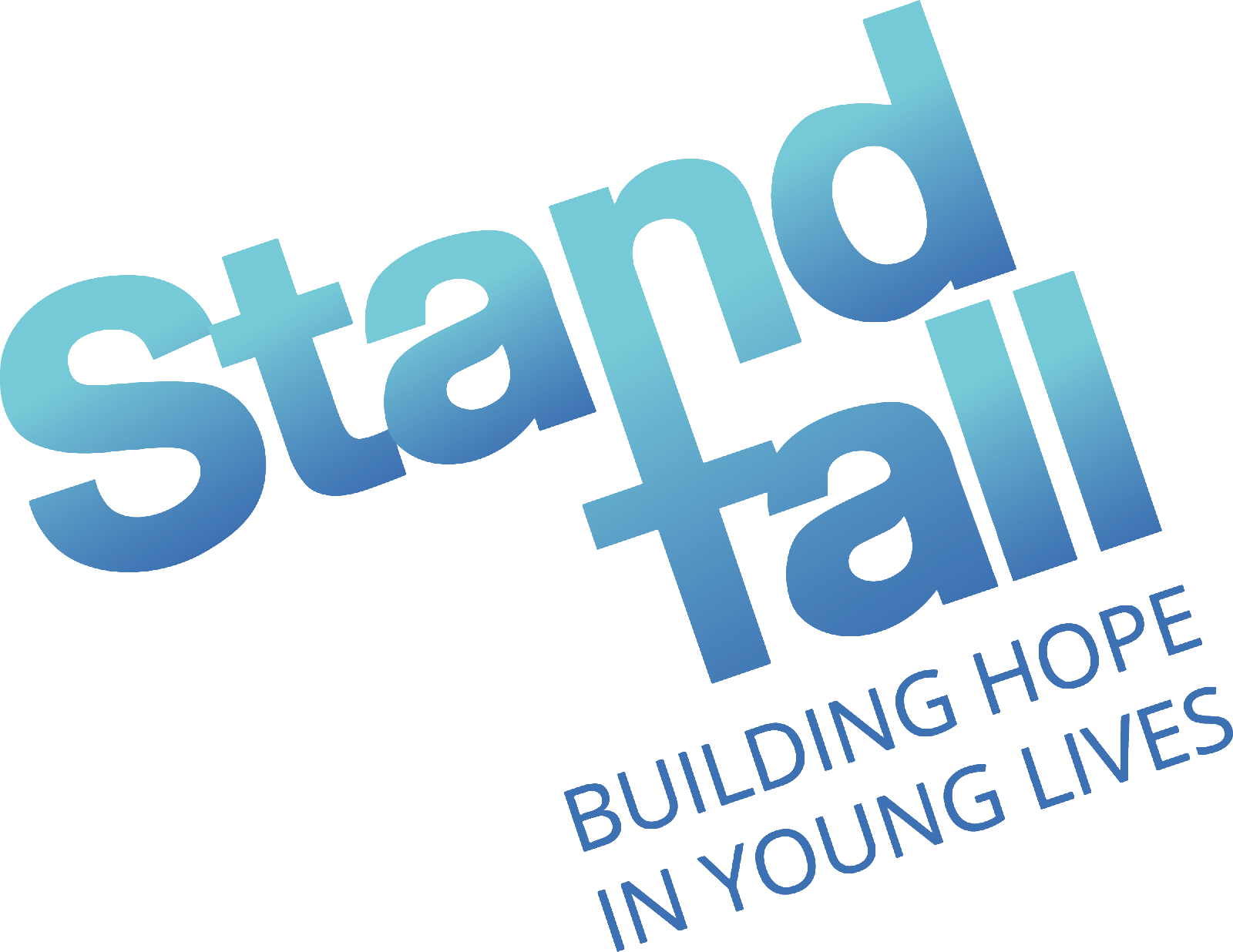Roger Davis - Principal, Westfields Sports High School
Roger shares why he recommends taking students to the Stand Tall Event and the positive influence Stand Tall is making in his school.
PDHPE Outcomes
We present this Event as a day school excursion for high school students addressing student wellbeing.
Recently an extensive study written by Professor Patrick Parkinson “For Kids’ Sake” Repairing the Social Environment for Australian Children and Young People was presented in 2011 outlining grave concerns about the future of our world. Some of his findings are:
More that 25% of our young people aged 16-24 have a mental disorder and a further 24% experience moderate to severe psychological distress.
There has been an increase of 66% in the number of 12-14 year old children and 90% 15-17 year old students hospitalized because of intentional self harm from 1996-2006 (p7).
The result is that fragile families grow fragile children who in turn grow fragile children and the cycle continues.
It is clear that with all these new development programs to find happiness or to develop positive psychology we are not addressing key issues to solve these difficulties.
Stand Tall aims to address key issues in the PDHPE Curriculum by presenting pop culture role models sharing their real life stories to inspire young adults to make great life choices and rise above these risk behaviours and difficulties.
The specific outcomes presented are:
Strand One: Stages 5.1, 5.2 & 5.3
Objectives: Students will enhance their sense of self, improve their capacity to manage challenging circumstances and develop caring and respectful relationships:
5.1 – Analyses how they can support their own and others sense of self
5.2 – Evaluates their capacity to reflect on and respond positively to challenges
5.3 – Analyses factors that contribute to positive, inclusive and satisfying relationships
Strand 3: Stages 4.7 & 5.7
Objective: Students will take action to protect, promote and restore individual community health
4.7- Identifies the consequences of risk behaviours and describes strategies to minimize harm
5.7 – Analyses influences on health decision-making and develops strategies to promote health and safe behaviours
Stand 4: Stages 4.16 & 5.16
Objective: Students will develop and apply the skills that enable them to adopt and promote healthy and active lifestyles
4.16 – Clarifies the source and nature of problems and draws on personal skills and support networks to resolve them
5.16 – Predicts potential problems and develops, justifies and evaluates solutions
This event will significantly impact our youth and challenge them on many levels to deeply consider how they can effect good in their lives and the lives of their peers. This in turn will impact the culture of your school.
